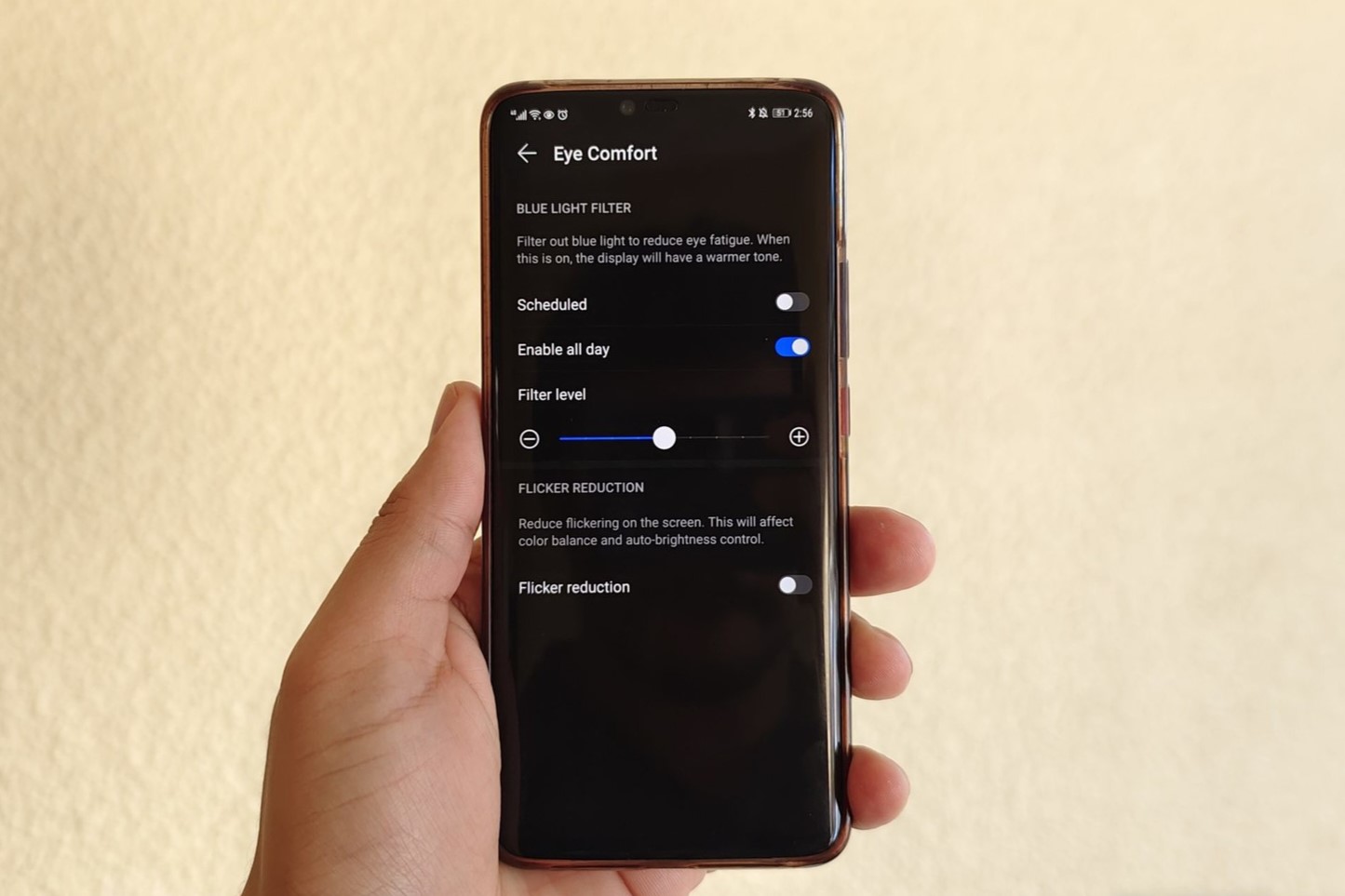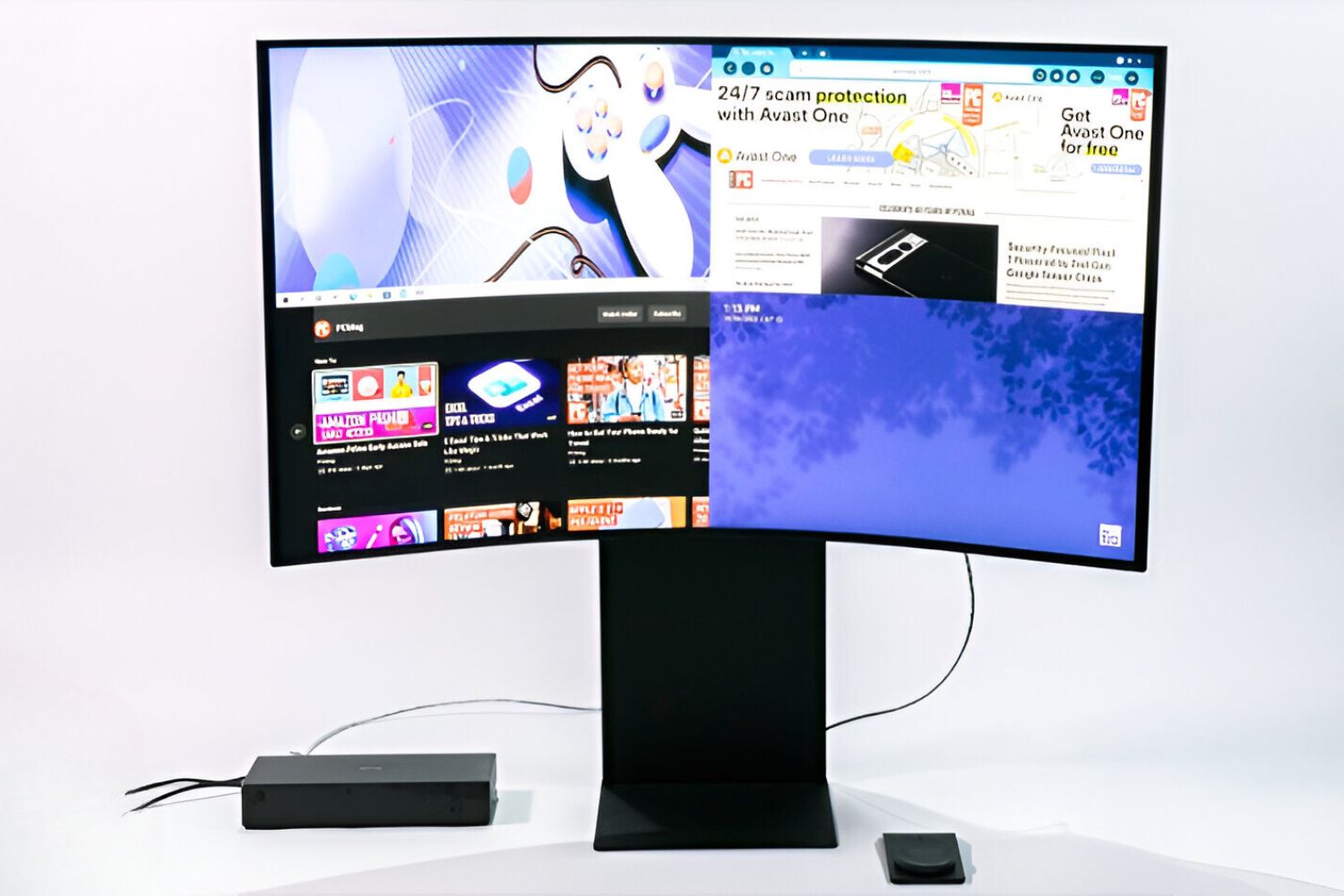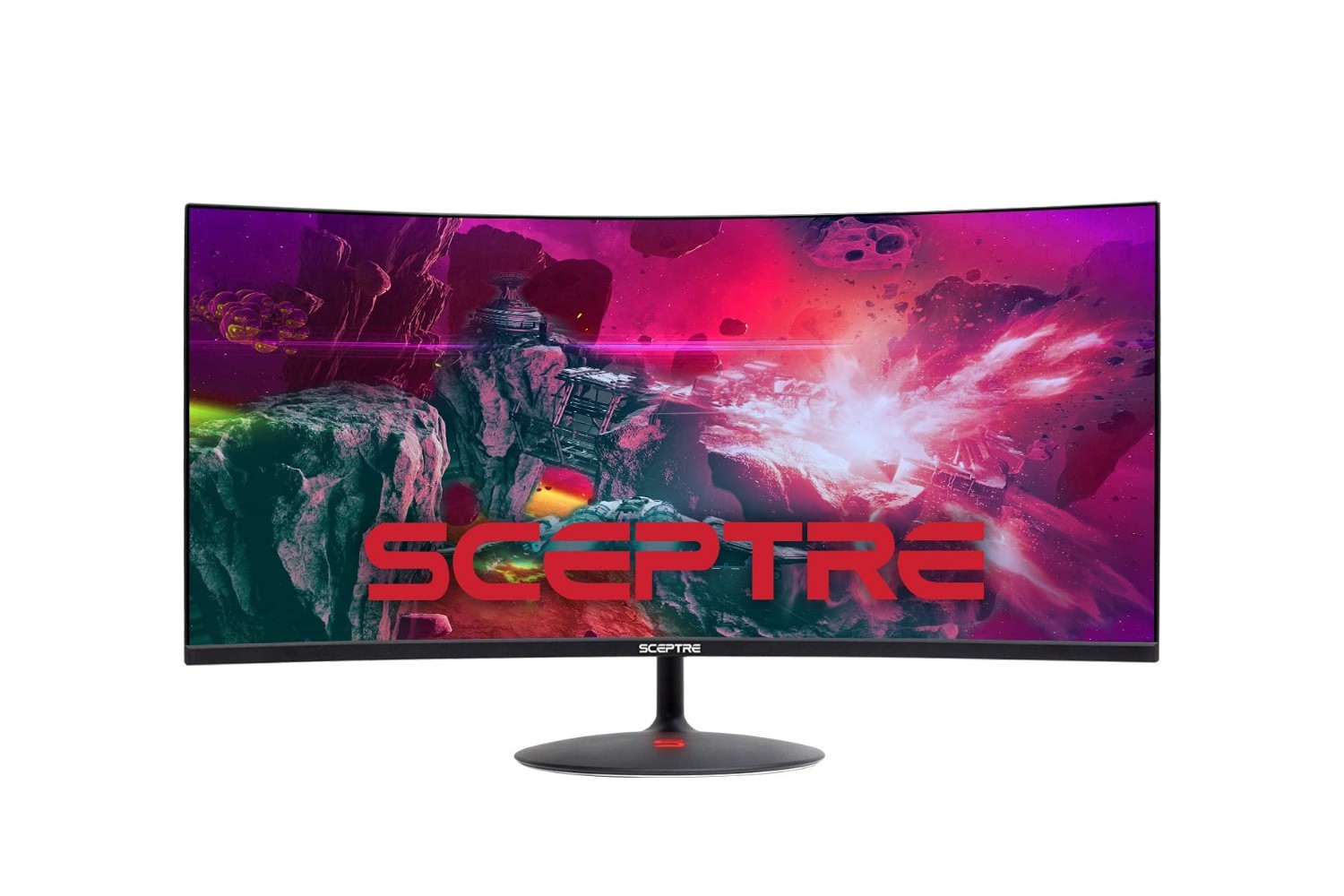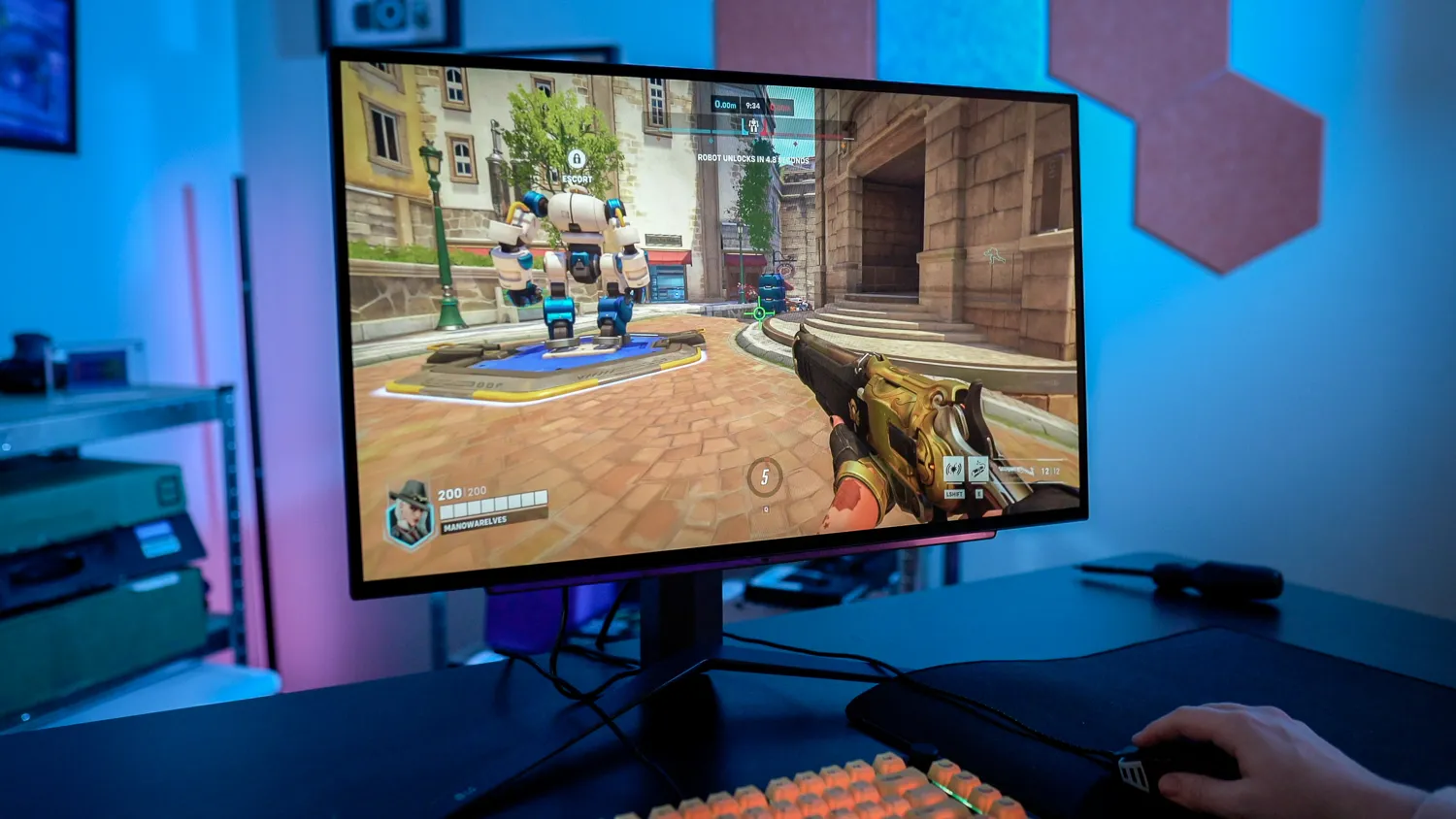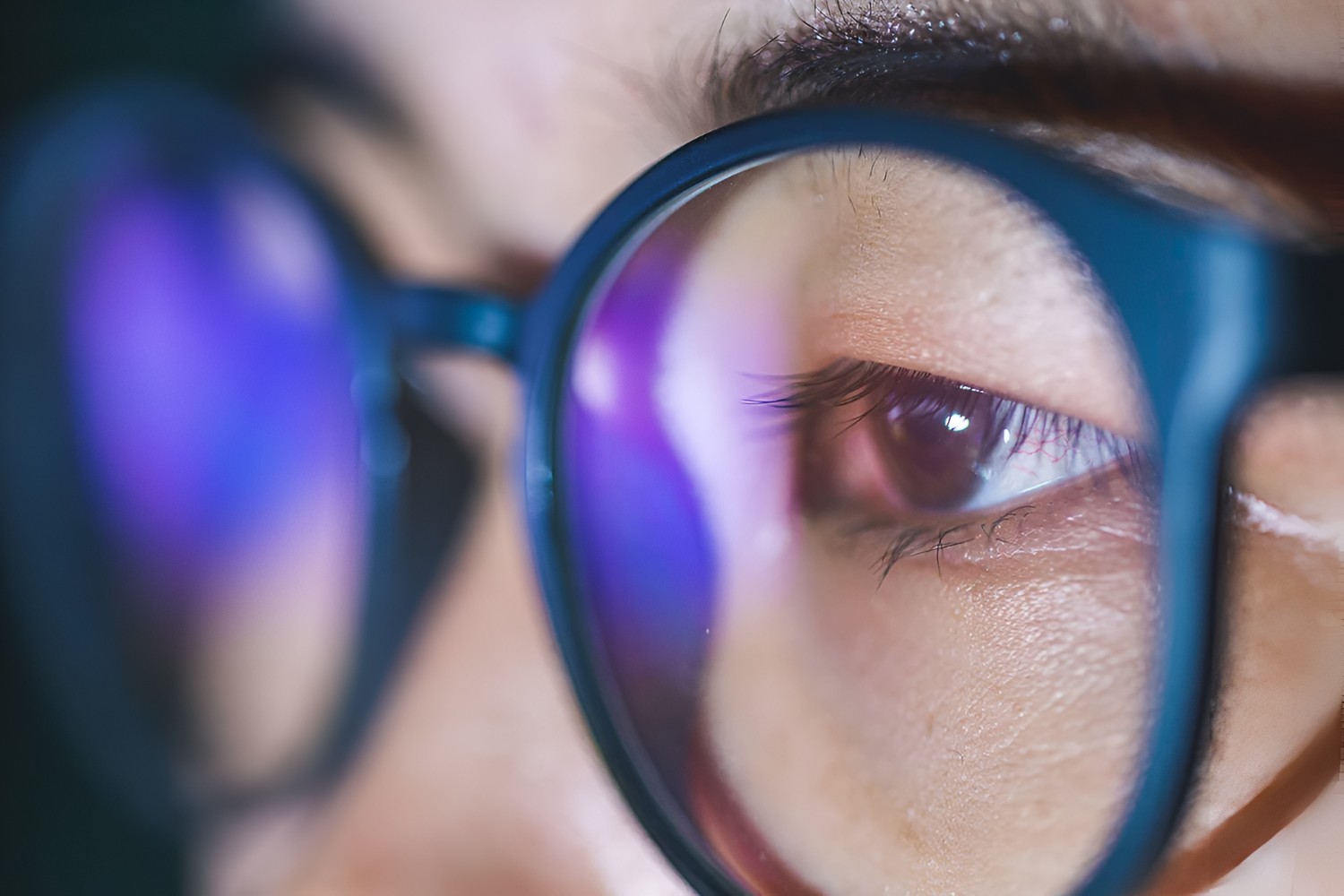What is Blue Light Shift Technology?
Blue light shift technology, also known as blue light filter or blue light reduction, is a feature integrated into modern monitors to mitigate the potential negative effects of blue light exposure. This technology works by adjusting the color temperature of the display to reduce the emission of blue light, which is known to interfere with our circadian rhythm and potentially cause eye strain and discomfort.
By incorporating blue light shift technology, monitor manufacturers aim to address the growing concerns surrounding the prolonged use of digital devices and the associated impact on eye health and overall well-being. This feature has become increasingly prevalent in various electronic devices, including computer monitors, laptops, tablets, and smartphones, reflecting the industry's commitment to promoting healthier screen usage.
The implementation of blue light shift technology typically involves altering the color temperature of the display to emit warmer tones, thereby reducing the intensity of blue light emitted. This adjustment is designed to create a more comfortable viewing experience, especially during extended periods of screen exposure, such as working on computers or engaging in digital entertainment.
As a result, users may notice a subtle shift in the overall color balance of the display, with a reduction in the harsh blue light component. This alteration aims to minimize the potential strain on the eyes and the disruption of natural sleep patterns caused by excessive blue light exposure, particularly in the evening or nighttime hours.
In essence, blue light shift technology represents a proactive approach to addressing the concerns associated with digital eye strain and the potential impact of blue light on our physiological well-being. By incorporating this feature into monitors and other digital devices, manufacturers seek to provide users with a more eye-friendly and comfortable viewing experience, supporting their overall health and productivity in an increasingly digital-centric world.
How Does Blue Light Affect Your Eyes?
Blue light, a high-energy visible (HEV) light, is emitted by various sources, including the sun, digital screens, and LED lighting. While exposure to natural blue light during the daytime is essential for regulating our circadian rhythm and boosting alertness, prolonged and excessive exposure to artificial sources of blue light, such as digital screens, can have notable effects on eye health.
Impact on Eye Strain:
Extended periods of exposure to blue light from digital devices can lead to digital eye strain, also known as computer vision syndrome. This may manifest as symptoms like dry eyes, blurred vision, eye fatigue, and headaches. The eyes are strained as they work to focus on the high-energy, short-wavelength blue light emitted by screens, especially when viewing content for prolonged periods without breaks.
Disruption of Circadian Rhythm:
Blue light exposure, particularly in the evening and nighttime, can disrupt the body's natural sleep-wake cycle. The suppression of melatonin production, a hormone that regulates sleep, can occur when the eyes are exposed to blue light in the hours leading up to bedtime. Consequently, this can lead to difficulties falling asleep and obtaining restful sleep, potentially impacting overall well-being and cognitive function.
Potential Retinal Damage:
Some research suggests that prolonged exposure to blue light may contribute to retinal damage over time. The cumulative effect of blue light exposure, especially in the high-energy range, may lead to oxidative stress in the retina, potentially increasing the risk of age-related macular degeneration, a leading cause of vision loss.
Increased Risk of Macular Degeneration:
Studies have indicated that chronic exposure to blue light, particularly from digital screens and artificial lighting, may be associated with an increased risk of developing age-related macular degeneration (AMD). This condition affects the central part of the retina, impacting central vision and potentially leading to vision impairment.
Understanding the potential impact of blue light on eye health underscores the importance of proactive measures to mitigate its effects, such as utilizing blue light shift technology in monitors and adopting healthy screen habits. By being mindful of blue light exposure and its implications, individuals can take steps to protect their eyes and promote long-term visual well-being in the digital age.
Benefits of Using a Blue Light Shift Monitor
Using a monitor equipped with blue light shift technology offers a myriad of benefits that cater to the well-being and comfort of users, particularly those who spend extended hours in front of digital screens. These advantages extend beyond mere visual comfort and encompass the broader aspects of eye health and overall physiological well-being. Let's delve into the compelling benefits of integrating a blue light shift monitor into your digital lifestyle:
1. Reduced Eye Strain:
The primary advantage of a blue light shift monitor lies in its ability to mitigate digital eye strain, a common concern for individuals who engage in prolonged screen use. By minimizing the emission of high-energy blue light, this technology promotes a more comfortable viewing experience, reducing the likelihood of symptoms such as dry eyes, blurred vision, and eye fatigue. This can significantly enhance visual comfort, allowing users to engage in extended screen activities with reduced strain on their eyes.
2. Enhanced Sleep Quality:
The implementation of blue light shift technology in monitors contributes to the optimization of sleep quality by addressing the disruptive effects of blue light on the body's natural sleep-wake cycle. By reducing the exposure to stimulating blue light, especially during evening and nighttime screen use, this technology supports the natural production of melatonin, the hormone responsible for regulating sleep. As a result, users may experience improved sleep patterns and enhanced overall well-being.
3. Protection Against Potential Eye Health Risks:
Utilizing a blue light shift monitor serves as a proactive measure to safeguard long-term eye health. By minimizing the exposure to high-energy blue light, this technology may help mitigate the potential risk of retinal damage and age-related vision conditions, such as age-related macular degeneration. This preventive approach aligns with the growing emphasis on promoting eye health in the face of increasing digital reliance.
4. Optimal Color Accuracy and Visual Comfort:
Despite the reduction in blue light emission, blue light shift monitors are designed to maintain optimal color accuracy and visual quality. This ensures that users can enjoy a comfortable viewing experience without compromising the display's color performance. The seamless integration of blue light reduction with enhanced visual clarity underscores the balanced approach adopted by these monitors to prioritize both eye comfort and visual fidelity.
5. Support for Productivity and Well-Being:
By fostering a more comfortable and eye-friendly viewing environment, blue light shift monitors contribute to sustained productivity and overall well-being. The reduction of eye strain and the promotion of healthier screen habits enable users to engage in prolonged screen activities with greater comfort and reduced fatigue, ultimately supporting their efficiency and comfort in various digital endeavors.
In essence, the adoption of a blue light shift monitor presents a compelling array of benefits, encompassing visual comfort, eye health preservation, and overall well-being. This technology represents a proactive step toward harmonizing digital engagement with physiological wellness, catering to the evolving needs of individuals in an increasingly screen-centric world.
Tips for Choosing the Right Blue Light Shift Monitor
When selecting a blue light shift monitor, it's essential to consider several key factors to ensure that the chosen display effectively addresses your specific needs and preferences. Here are valuable tips to guide you in choosing the right blue light shift monitor:
-
Adjustable Blue Light Settings: Look for a monitor that offers adjustable blue light settings, allowing you to customize the level of blue light reduction based on your preferences and environmental conditions. The flexibility to fine-tune the blue light shift feature ensures that you can optimize the display according to varying lighting scenarios and personal comfort levels.
-
Color Accuracy and Display Quality: Prioritize monitors that maintain excellent color accuracy and overall display quality even with the blue light shift technology activated. Ensuring that the monitor delivers vibrant and true-to-life visuals while effectively reducing blue light emission is crucial for a balanced viewing experience that combines visual fidelity with eye comfort.
-
Screen Size and Resolution: Consider the screen size and resolution that best suit your usage requirements. Whether it's for professional tasks, creative endeavors, or entertainment purposes, choosing a monitor with an appropriate screen size and resolution ensures an immersive and productive viewing experience while benefiting from the blue light shift technology.
-
Ergonomic Design and Adjustability: Opt for a monitor with an ergonomic design and adjustable features such as tilt, swivel, and height adjustment. This facilitates optimal positioning and customization to promote comfortable viewing angles, reducing physical strain and enhancing overall user comfort during extended screen sessions.
-
Brand Reputation and Reviews: Research the reputation of monitor brands known for their commitment to display technologies and user well-being. Additionally, consider reading user reviews and expert assessments to gauge the effectiveness of the blue light shift feature and overall performance, helping you make an informed decision based on real-world experiences.
-
Compatibility and Connectivity: Ensure that the chosen blue light shift monitor is compatible with your existing devices and offers versatile connectivity options. Whether it's for seamless integration with your computer, gaming console, or multimedia setup, having the right compatibility and connectivity features enhances the usability and versatility of the monitor.
-
Energy Efficiency and Additional Features: Assess the energy efficiency of the monitor and explore additional features that complement the blue light shift technology. Look for eco-friendly certifications and features such as low blue light modes, flicker-free technology, and adaptive brightness to further enhance the visual comfort and overall sustainability of the display.
By considering these tips, you can make an informed decision when choosing a blue light shift monitor that aligns with your visual comfort needs, usage preferences, and commitment to promoting healthier screen habits. Selecting a monitor that effectively integrates blue light shift technology while meeting your specific requirements ensures a harmonious balance between visual performance and eye-friendly viewing experiences.









